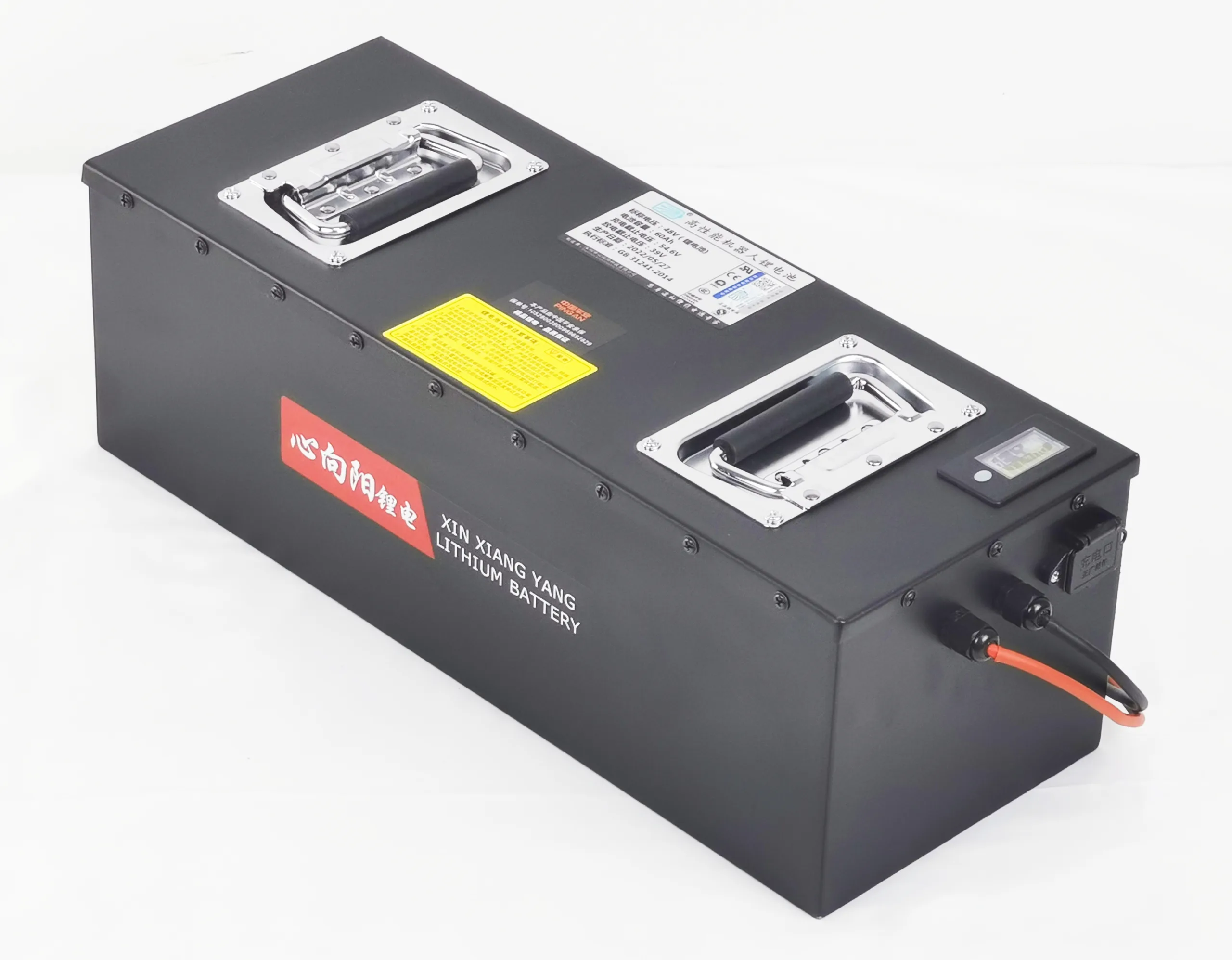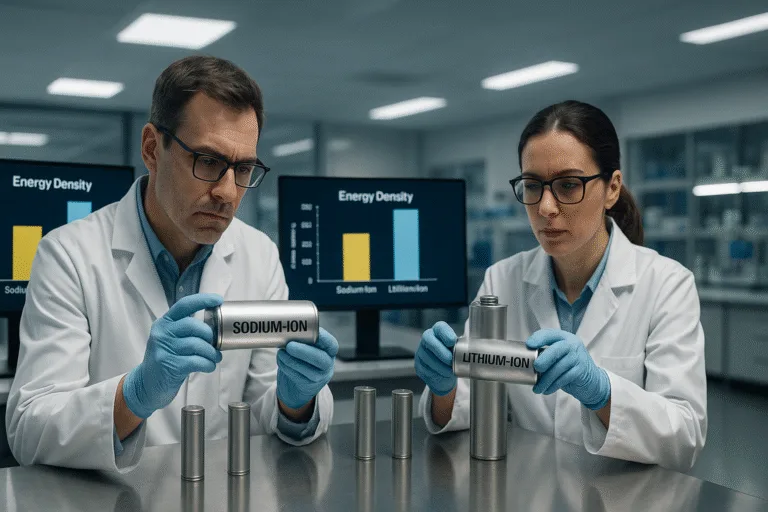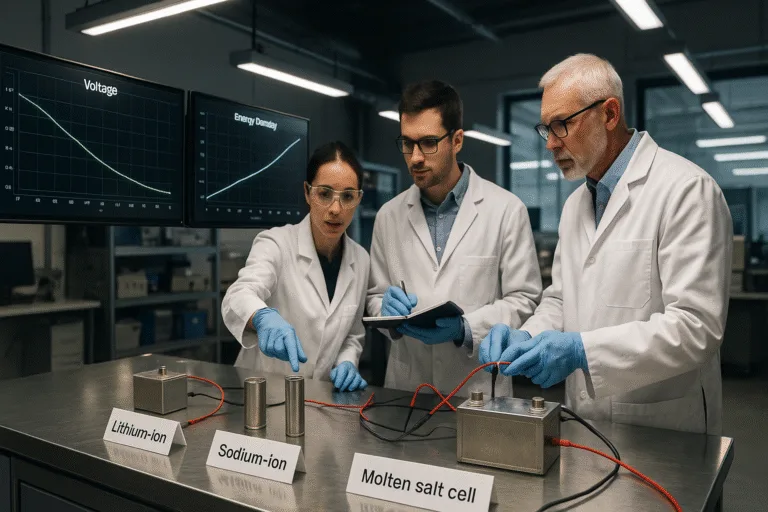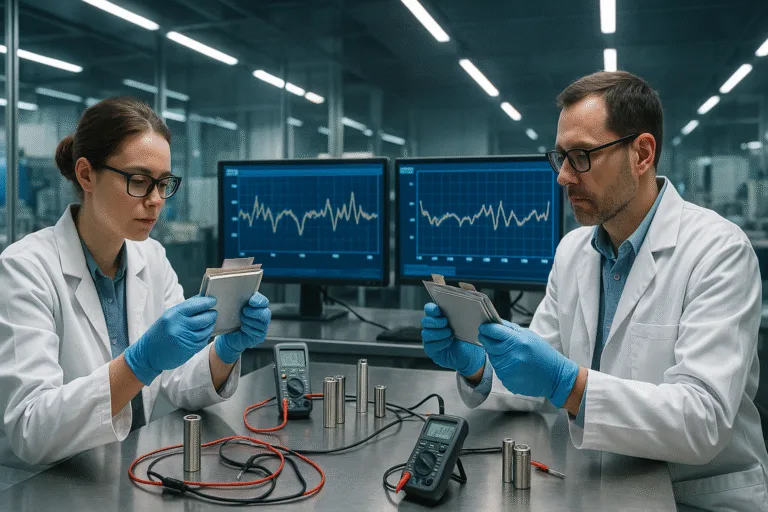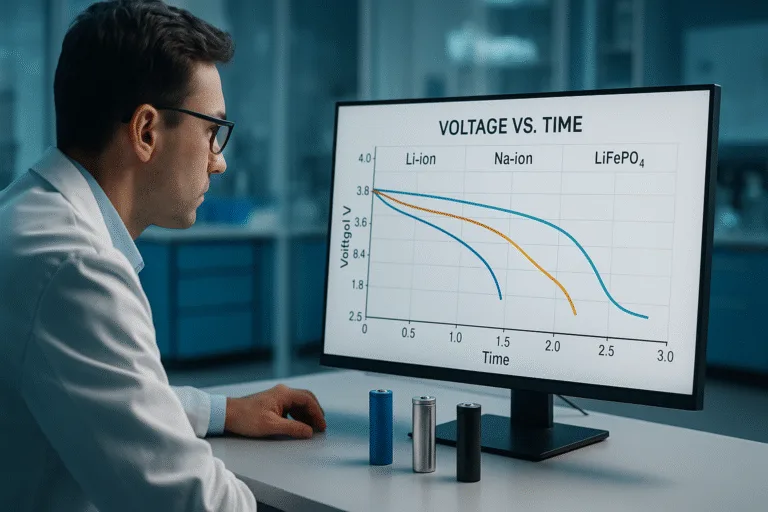
Your golf cart feels slow and heavy. The lead-acid batteries take forever to charge and need constant checking. It feels like you spend more time on maintenance than on the course.
To choose the right lithium battery, you must match the voltage to your cart’s system (e.g., 48V). Then, select an Amp Hour (Ah) rating based on your desired range. Always pick one with a quality Battery Management System (BMS) for safety.
I remember a client who managed a large golf resort. He was replacing entire sets of lead-acid batteries in his fleet every two years. It was a huge cost. After we helped him switch to our lithium batteries, his maintenance costs dropped, and his customers were happier with the cart’s performance.
Which is better AGM or lithium batteries for golf carts?
Deciding between older AGM batteries and modern lithium can seem tough. But the choice is actually very clear when you look at the facts.
Lithium batteries are far better for golf carts. They are much lighter, they charge faster, and they last up to 10 times longer. They also require zero maintenance, unlike AGM batteries.
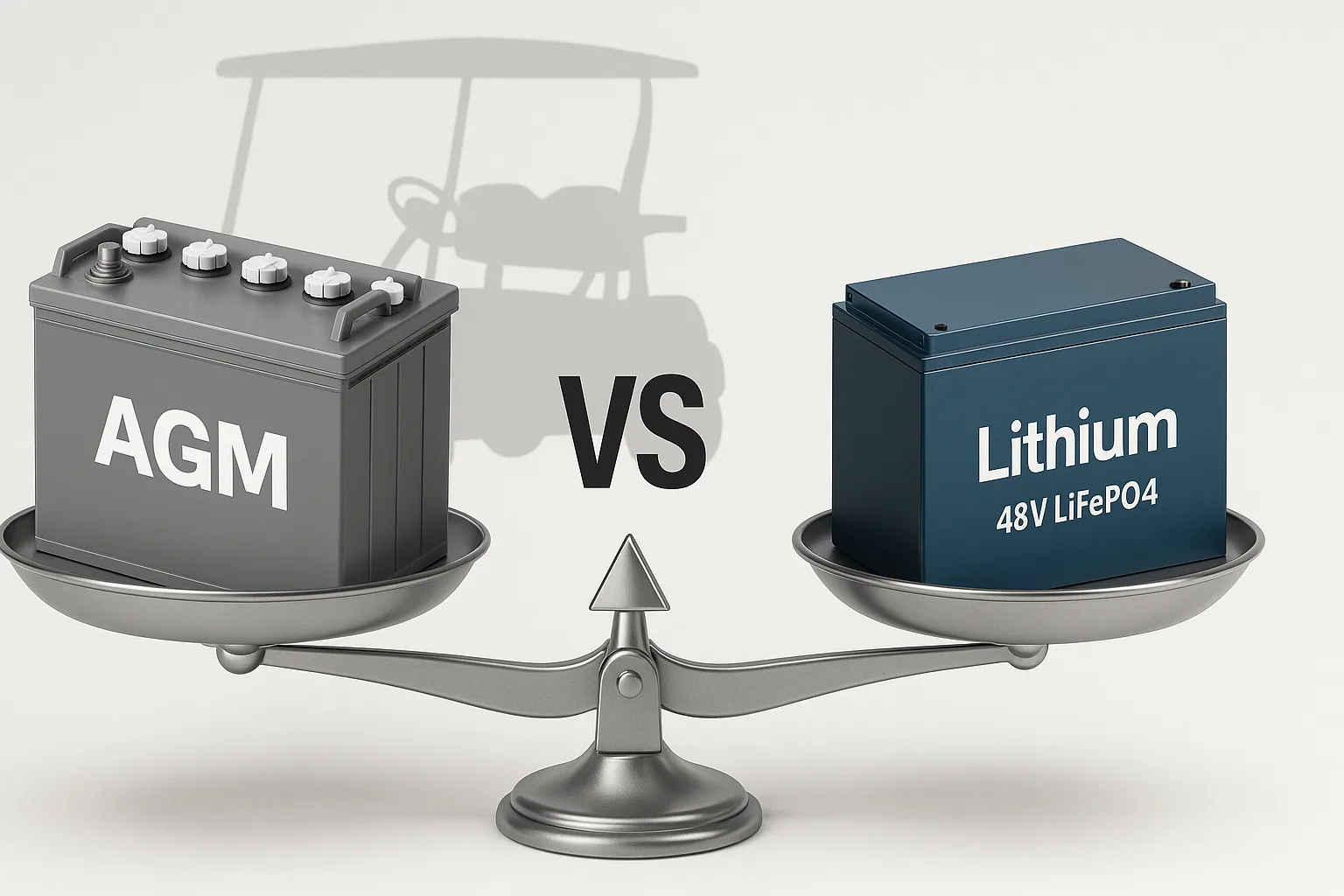
AGM vs. Lithium: A Head-to-Head Comparison
Let’s look at a direct comparison. I made this table to show our clients the real differences between these two battery types. It helps make the decision easy.
| Feature | AGM Lead-Acid Batteries | Junda Lithium Batteries |
|---|---|---|
| Weight | Very Heavy (300+ lbs / 136+ kg) | Lightweight (Under 100 lbs / 45 kg) |
| Lifespan | 3-5 years (approx. 500 cycles) | 10+ years (3,000-5,000 cycles) |
| Maintenance | Regular water checks required | None |
| Charge Time | 8-10 hours | 2-4 hours |
| Performance | Power fades as it discharges | Consistent power until empty |
Thinking About Long-Term Cost
Many people see that lithium batteries have a higher price at the start. But AGM batteries1 need to be replaced many times over the lifespan of a single lithium battery. So, you actually save money over time. We call this the "total cost of ownership2." Because you aren’t buying new batteries every few years, the lithium option is cheaper in the long run.
Is a lithium battery better for a golf cart?
So, you see the technical data. But what does this mean for your daily use of the golf cart? Is the upgrade really worth it?
Yes, a lithium battery is much better for a golf cart in every practical way. It provides better performance, consistent power, and a significantly longer life. This makes your cart more reliable and enjoyable to use.
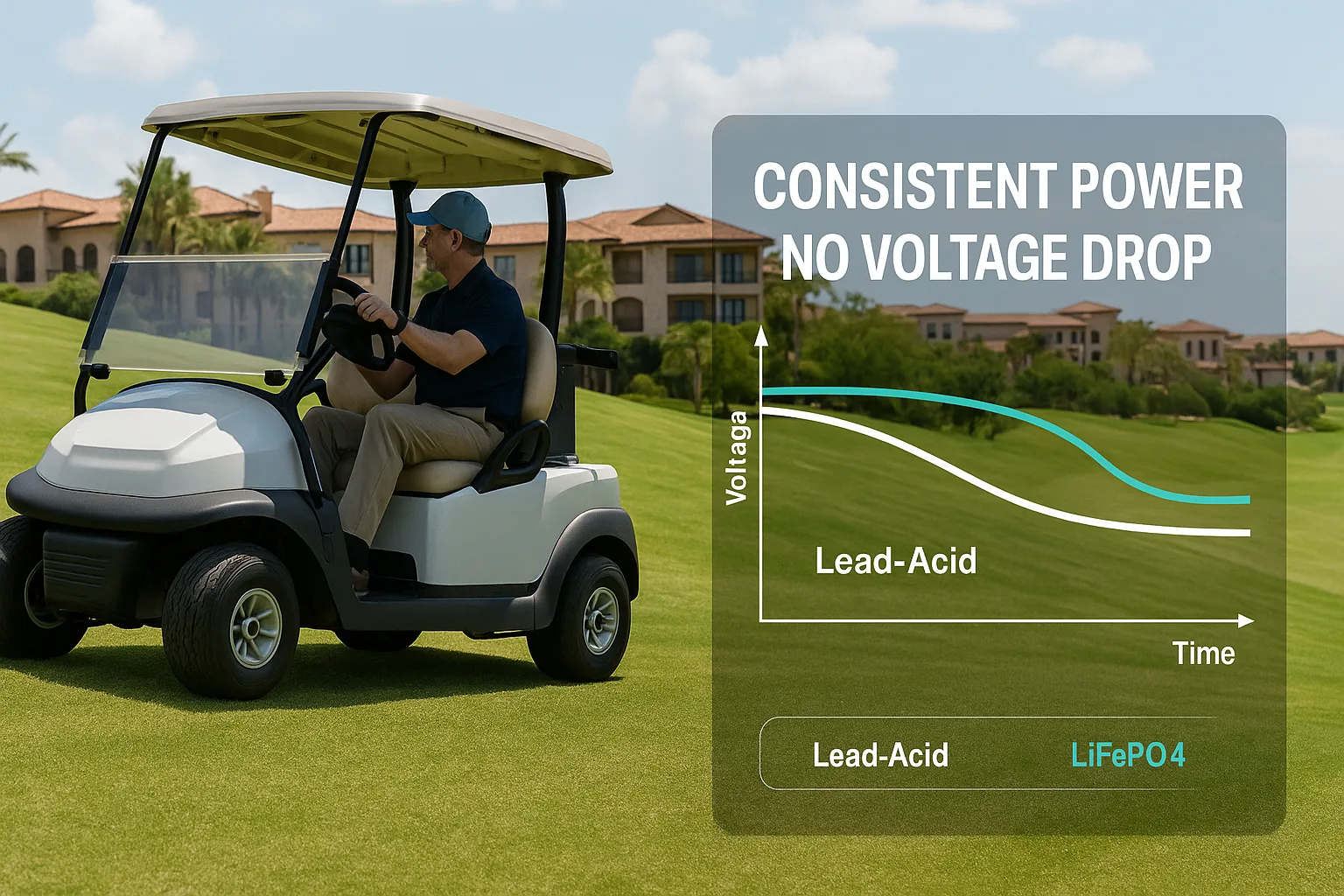
No More Power Loss
Have you ever noticed your cart getting sluggish as you go up a hill or near the end of a round? That is called voltage sag3. Lead-acid batteries lose power as they drain. Lithium batteries4 do not have this problem. They provide strong, consistent power right until the battery is fully discharged. This means you have full power available all the time.
Built to Last a Decade
A typical lead-acid battery might last for 500 charge cycles5. Our LiFePO₄ lithium batteries are designed for 3,000 to 5,000 cycles. For a normal user, that can be more than 10 years of reliable service6. It is a true "install it and forget it" upgrade. You invest once and get a decade of performance7.
Will my golf cart go faster with lithium batteries?
This is a question I get all the time. Everyone wants a little more speed on the course. The answer is about more than just the top speed number.
Your golf cart will feel faster and accelerate quicker with lithium batteries. The huge reduction in weight makes the cart more nimble and improves its ability to climb hills, even if the top speed itself is limited by the cart’s governor.
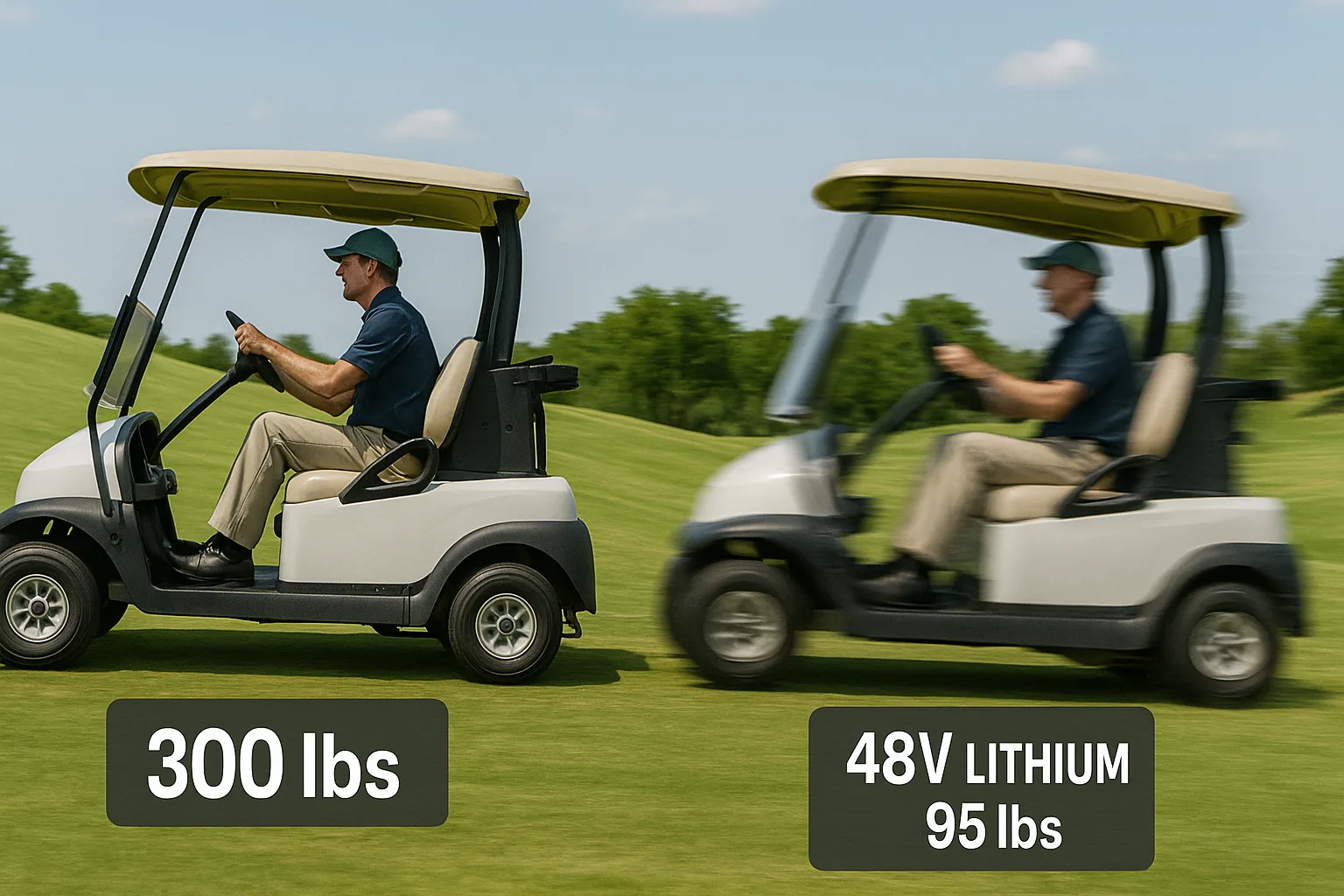
How Weight Affects Performance
Think about it this way. A standard set of 48V lead-acid batteries can weigh over 300 pounds. Our single 48V lithium battery weighs less than 100 pounds. You are removing 200 pounds of weight from the cart.
| Battery Type | Average Weight (48V System) |
|---|---|
| Lead-Acid (8 x 6V) | ~500 lbs / 227 kg |
| Junda Lithium (1 x 48V) | ~95 lbs / 43 kg |
This huge weight difference8 means the motor does not have to work as hard. The cart can accelerate much faster from a stop. And it can maintain its speed going up hills much more easily. So, while your top speed might be the same, the cart feels much more powerful.
Is a higher Ah battery better in a golf cart?
When you look at batteries, you will see a number followed by "Ah." This stands for Amp Hours. It is a very important number to understand.
A higher Ah rating is better if you need a longer range. Think of Ah as the size of the fuel tank. More Ah means you can drive more miles before you need to recharge your cart.
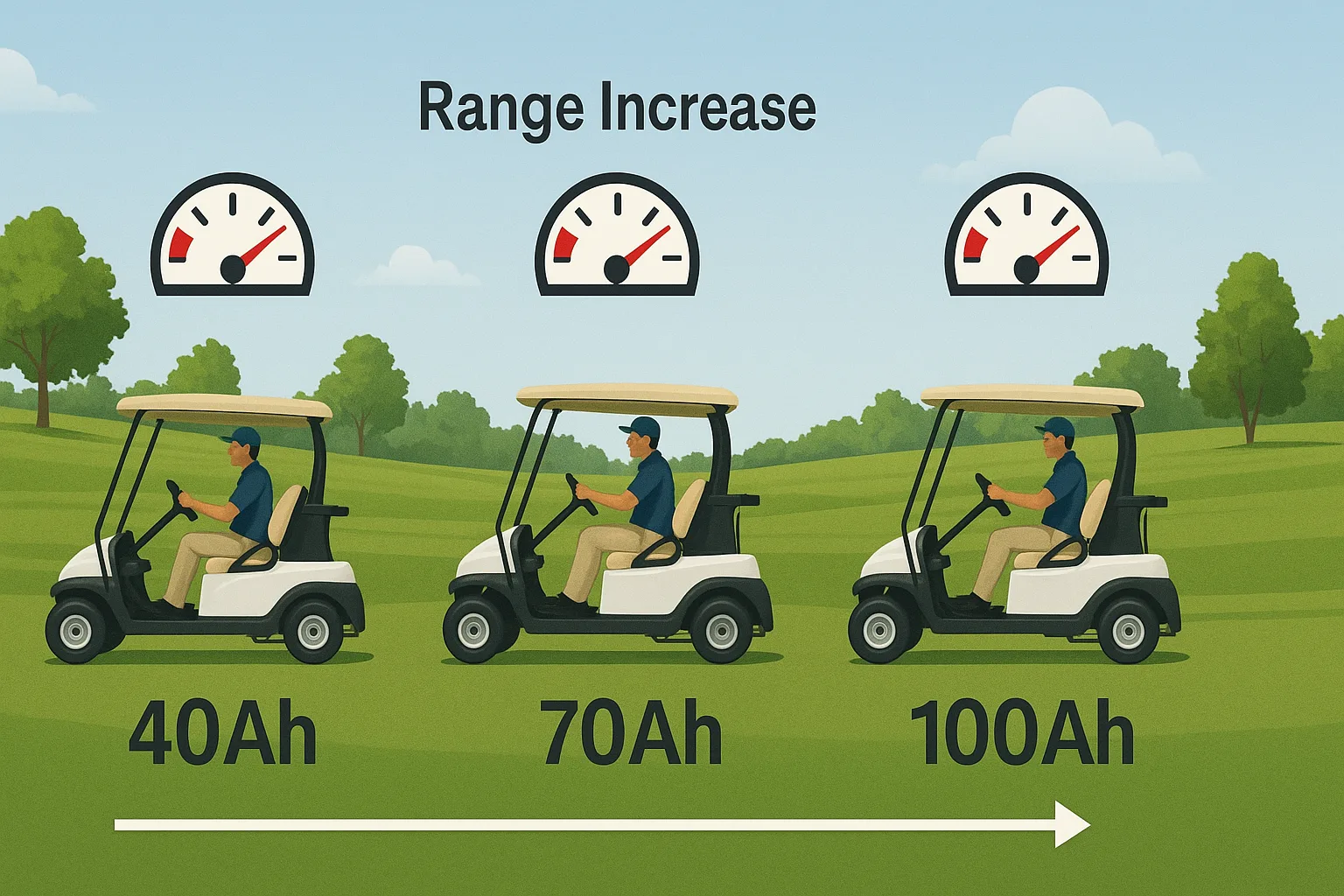
Choosing the Right "Fuel Tank" Size
You need to match the Ah rating9 to how you use your cart. You do not want to pay for more range than you actually need. But you also want to make sure you have enough power for your typical day.
We usually give our clients this simple guide.
| Ah Rating | Best For | Estimated Range |
|---|---|---|
| 30-40 Ah | Casual use, small properties | 10-15 miles / 16-24 km |
| 60-70 Ah | A full 18-hole round of golf | 20-25 miles / 32-40 km |
| 100+ Ah | Heavy use, hilly courses, utility carts | 30-40+ miles / 48-64+ km |
How many lithium batteries do I need for a 48V golf cart?
With old lead-acid batteries, you had a whole collection of them under the seat. It was a complex setup with many cables. Lithium technology makes this much simpler.
For a 48V golf cart, you only need one Junda 48V lithium battery. This single unit replaces the entire set of six 8V or eight 6V lead-acid batteries. It is a simple, clean, drop-in replacement.
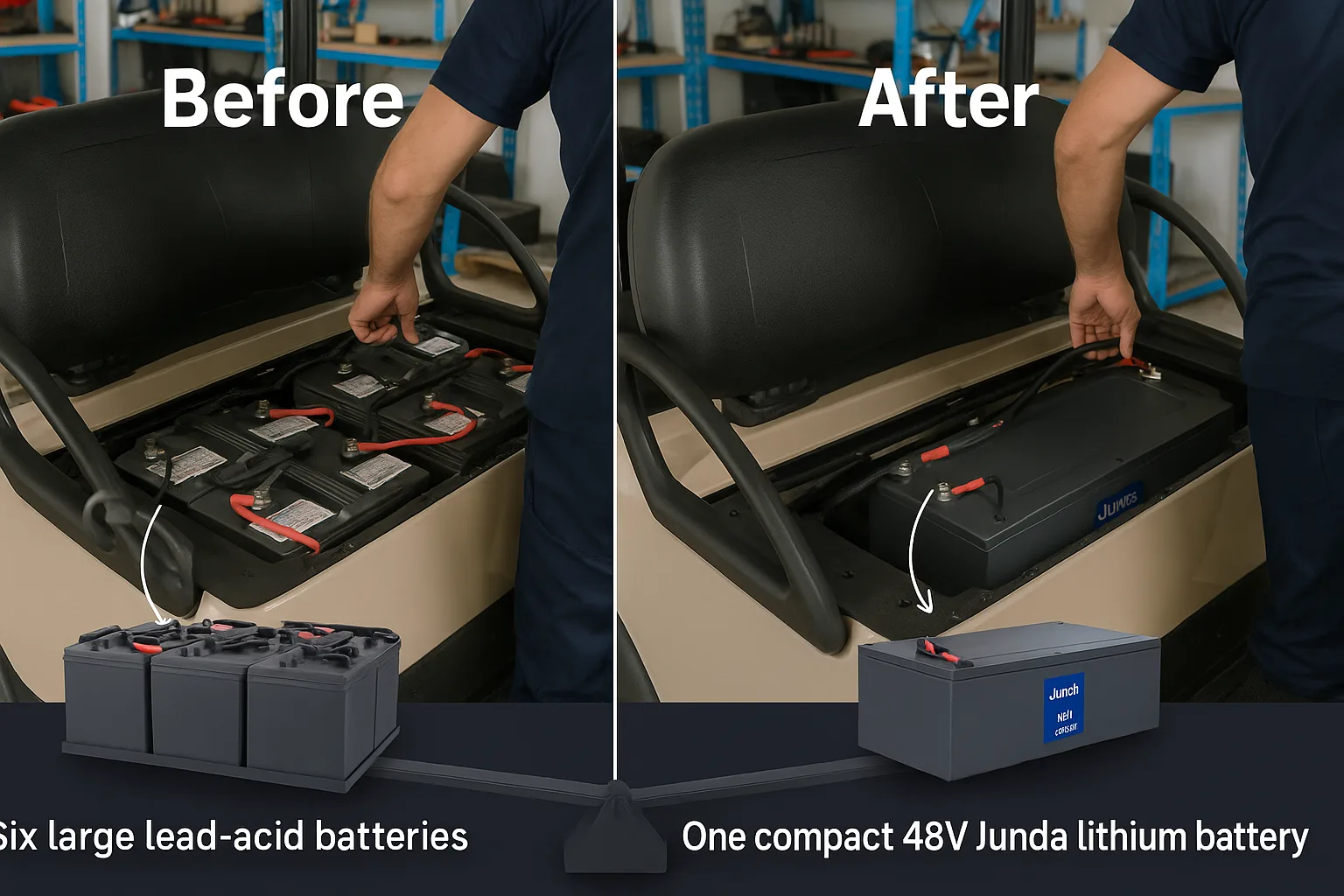
The "Drop-In" Advantage
One of our main goals is to make this upgrade easy. We designed our batteries to fit in the same space as the old ones. The process is very simple.
- Before: You have 6 or 8 heavy batteries. There are many cables connecting them all. It is messy and hard to service.
- After: You have one, single Junda Battery. There are only two main cables to connect. The installation10 is clean and simple, and you gain a lot of extra space.
This simplifies installation and removes many potential points of failure. Fewer cables and connections mean greater reliability. It is a smarter and more modern way to power your cart.
Conclusion
Upgrading to a lithium battery is the best way to improve your golf cart’s performance. It will be lighter, more powerful, and last much longer. We are here to help you.
-
Learn about AGM batteries, their features, and how they stack up against Lithium options for golf carts. ↩
-
Understand the concept of total cost of ownership to see how Lithium batteries can save you money in the long run. ↩
-
Discover how voltage sag impacts battery performance and why Lithium batteries provide a more consistent power supply. ↩
-
Explore the benefits of Lithium batteries, including weight, lifespan, and maintenance, to make an informed choice for your golf cart. ↩
-
Learn about charge cycles and how they determine the longevity of your golf cart batteries. ↩
-
Learn about the reliability and longevity of Lithium batteries to ensure a dependable golf cart experience. ↩
-
Discover how Lithium batteries enhance the performance of golf carts, making them more enjoyable to drive. ↩
-
Explore how the weight of batteries influences the performance and handling of your golf cart. ↩
-
Understand the significance of Ah ratings in determining the range and performance of your golf cart. ↩
-
Find out how simple it is to install Lithium batteries and the advantages of a cleaner setup. ↩

